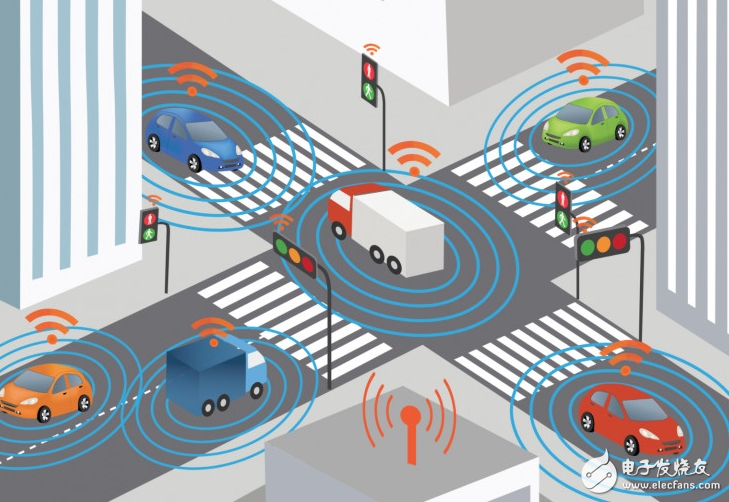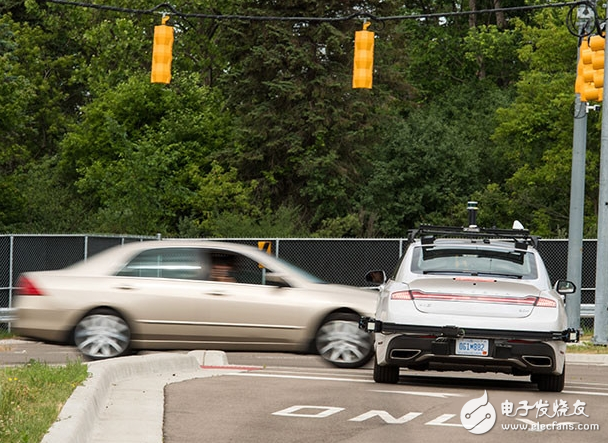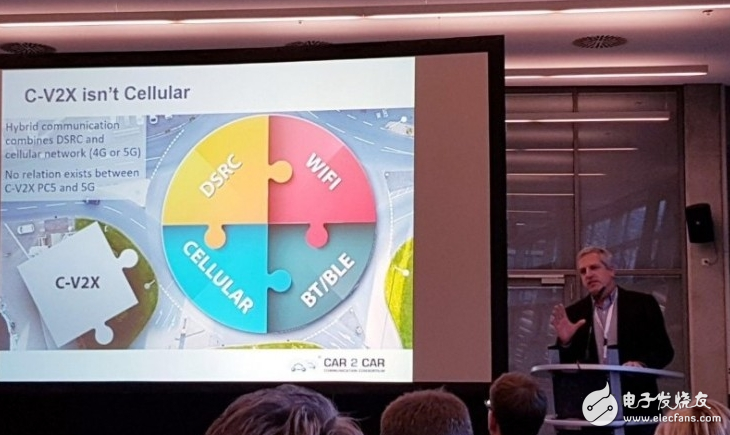Under the influence of the C-Roads project, by 2017, many countries had already begun deploying road infrastructure to support ITS-G5 technology. Supporters of highly automated vehicles must never overlook the critical value that vehicle-to-vehicle (V2V) communication brings to autonomous driving. Communication technologies significantly enhance road safety—not just for self-driving cars, but also for human-driven vehicles sharing the same roads.



*Autotalks CEO Hagai Zyss*
Hagai Zyss, CEO of Autotalks, has his own thoughts on these challenges. At the Detroit North American International Auto Show in early January, he told the audience, “The lack of coordination between autonomous and human-driven vehicles stems from the fact that self-driving cars don’t have access to enough effective information.†He added, “Car manufacturers understand the need for a dedicated vehicle-to-vehicle communication system. This is another layer of security that can save lives today.†Unfortunately, the conversation around vehicle communication has been dominated by mobile network advocates like Qualcomm. The debate has shifted toward choosing between DSRC (Dedicated Short-Range Communications) and 5G technology. Of course, this is the history of V2X. For the first time, more people are talking about 5G rather than DSRC. Some believe 5G will completely replace DSRC, while others argue that DSRC is still essential due to its strict latency requirements. But one big question remains: Can 5G meet the low-latency demands of V2V communication to prevent collisions? To date, no 5G-based navigation system has been tested. The market is flooded with different opinions, creating confusion and turning the discussion into a technical rivalry between DSRC and 5G. This has led many to forget that the real purpose of V2V is safety. Over the past seven to ten years, DSRC has undergone extensive testing and trials. Zyss said, “We can save lives today, but we're watching a technology—5G—that hasn’t even fully arrived yet.†It's worth noting that Autotalks believes a hybrid approach is possible—combining cellular technology with DSRC. Automakers are already using LTE to connect vehicles to the cloud for data transfer, app downloads, and updates. However, Zyss believes that C-V2X does not replace DSRC. Moreover, 5G networks are still in development, and the cellular network itself faces challenges in synchronizing interconnected devices with base stations. Zyss points out that this synchronization model is fundamentally different from what V2V requires, especially when dealing with fast-moving objects. Some insiders suggest that 5G proponents are following the same path as DSRC developers, trying to replicate what was previously done. Additionally, cellular supporters must overcome limitations in efficiency and clock sources when using their technology for V2V applications. Zyss believes that if autonomous taxis are truly going to be available in 2019 or 2020, the industry’s “safe and dedicated communication layer†installed on both autonomous and human-driven vehicles may not be sufficient.Ozone Aging Test Chamber,Oxidation Degree Testing Test Machine,Ozone Resistance Testing Test Box,Rubber Aging Test Machine
Wuxi Juxingyao Trading Co., Ltd , https://www.juxingyao.com